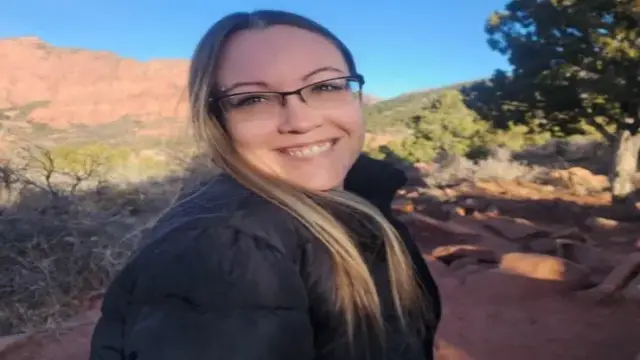Quantum computing has evolved over several decades, and the field has seen significant milestones. Here is a brief timeline highlighting key events in the development of quantum computing:
- 1981: Richard Feynman gave the first proposal for using quantum phenomena to perform computations. The speech was entitled “There’s Plenty of Room at the Bottom”. It was in a talk he gave at the First Conference on the Physics of Computation at MIT.
- He pointed out that it would probably take a classical computer an extremely long time to simulate a simple experiment in quantum physics. If so, then simple quantum systems are essentially performing huge calculations all the time. It might even be possible to harness that for something useful.
- 1985: David Deutsch, at the University of Oxford, described the first universal quantum computer. Just as a universal Turing machine can simulate any other Turing machine efficiently, so the universal quantum computer is able to simulate any other quantum computer with at most a polynomial slowdown. This raised the hope that a simple device might be able to perform many different quantum algorithms.
- 1994: Peter Shor, at AT&T;’s Bell Labs in New Jersey, discovered a remarkable algorithm. It allowed a quantum computer to factor large integers quickly. It solved both the factoring problem and the discrete log problem. Shor’s algorithm could theoretically break many of the cryptosystems in use today. Its invention sparked a tremendous interest in quantum computers, even outside the physics community.
- 1995: Shor proposed the first scheme for quantum error correction. This is an approach to making quantum computers that can compute with large numbers of qubits for long periods of time. Errors are always introduced by the environment, but quantum error correction might be able to overcome those errors. This could be a key technology for building large-scale quantum computers that work. These early proposals had a number of limitations.
- They could correct for some errors, but not errors that occur during the correction process itself. A number of improvements have been suggested, and active research on this continues. An alternative to quantum error correction has been found. Instead of actively correcting the errors induced by the interaction with the environment, special states that are immune to the errors can be used. This approach, known as decoherence free subspaces, assumes that there is some symmetry in the computer-environment interaction.
- 1996: Lov Grover, at Bell Labs, invented the quantum database search algorithm. The quadratic speedup isn’t as dramatic as the speedup for factoring, discrete logs, or physics simulations. However, the algorithm can be applied to a much wider variety of problems. Any problem that had to be solved by random, brute-force search, could now have a quadratic speedup.
- 1997: David Cory, A.F. Fahmy and Timothy Havel, and at the same time Neil Gershenfeld and Isaac Chuang at MIT published the first papers on quantum computers based on bulk spin resonance, or thermal ensembles. The computer is actually a single, small molecule, which stores qubits in the spin of its protons and neutrons.
- Trillions of trillions of these can float in a cup of water. That cup is placed in a nuclear magnetic resonance machine, similar to the the magnetic resonance imaging machines used in hospitals. This room-temperature (thermal) collection of molecules (ensemble) has massive amounts of redundancy, which allows it to maintain coherence for thousands of seconds, much better than many other proposed systems.
- 1998: First working 2-qubit NMR computer demonstrated at University of California Berkeley.
- 1999: First working 3-qubit NMR computer demonstrated at IBM’s Almaden Research Center. First execution of Grover’s algorithm.
- 2000: First working 5-qubit NMR computer demonstrated at IBM’s Almaden Research Center. First execution of order finding (part of Shor’s algorithm).
- 2001: First working 7-qubit NMR computer demonstrated at IBM’s Almaden Research Center. First execution of Shor’s algorithm. The number 15 was factored using 1018 identical molecules, each containing 7 atoms.
- 2007: D-Wave Systems introduces the first commercially available quantum computer, the D-Wave One.
- 2011: IBM builds a 10-qubit quantum computer.
- 2016: Google announces it has achieved quantum supremacy using a 53-qubit quantum processor named Sycamore.
- 2017: IBM releases the IBM Q Experience, allowing users to access and run experiments on their quantum processors via the cloud.
- 2019: IBM unveils the 53-qubit quantum computer named Raleigh.
- 2020: Honeywell announces a quantum computer with a quantum volume of 64.2021: IBM announces the IBM Quantum Roadmap, outlining plans to build a 1,121-qubit quantum processor by 2023.2022: Various companies and research institutions continue to make advancements in quantum hardware and algorithms.


















